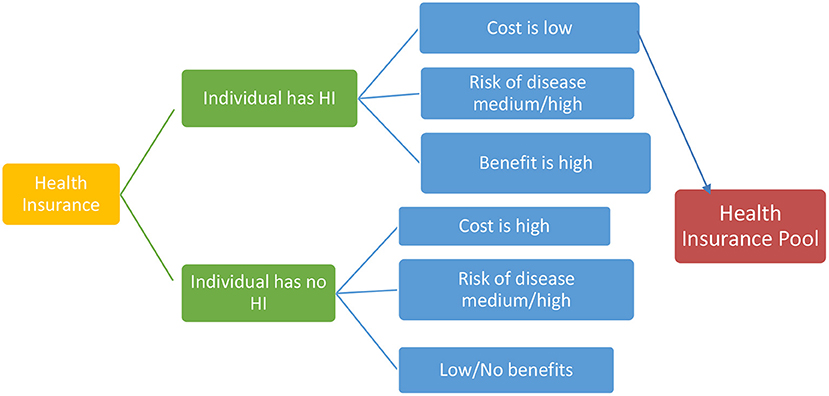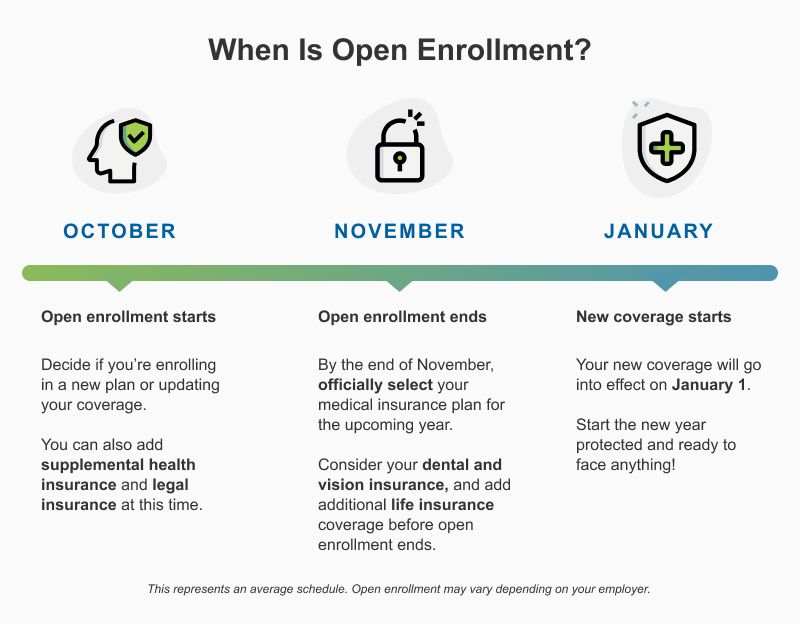3 Simple Techniques For Medicare Advantage Agent
3 Simple Techniques For Medicare Advantage Agent
Blog Article
All about Medicare Advantage Agent
Table of ContentsLittle Known Facts About Medicare Advantage Agent.The Best Guide To Medicare Advantage AgentSome Known Factual Statements About Medicare Advantage Agent

adheres to from puzzling the relatively young age account of the uninsured with the far better wellness, typically, of more youthful persons. This obscures the web link between health condition and wellness insurance policy. For those without accessibility to workplace medical insurance, bad wellness is a prospective barrier to buying nongroup coverage since such coverage may be very priced, omit pre-existing conditions, or be merely not available. The variety of uninsured Americans is not particularly huge and has not altered in the last few years. Seven out of 10 participants in a country wide depictive survey believed that less Americans did not have medical insurance than actually do(Fronstin, 1998). Approximately fifty percent(47 percent )thought that the number of individuals without medical insurance decreased or remained continuous over the last fifty percent of the last decade(Blendon et al., 1999). This drop of nearly 2 million in the variety of individuals 'without insurance (a reduction
of around 4 percent)is absolutely a positive change. With a softer economic climate in 2000 the most up to date reported gains in insurance protection may not continue(Fronstin, 2001 ). The decrease in the number of without insurance will certainly not continue if the economy stays sluggish and health care prices proceed to exceed rising cost of living. This is due to the fact that the information were collected for a period of strong financial efficiency. Of the approximated 42 million individuals that were without insurance, just about concerning 420,000(concerning 1 percent)were under 65 years old, the age at which most Americans end up being eligible for Medicare; 32 million were adults between ages 18 and 65, about 19 percent of all grownups in this age; and 10 million were youngsters under 18 years old, regarding 13.9 percent of all kids (Mills, 2000). These quotes of the number of persons uninsured are generated from the annual March Supplement to the Existing Populace Study (CPS), performed by the Demographics Bureau. Unless or else kept in mind, nationwide price quotes of individuals without medical insurance and proportions of the populace with various type of insurance coverage are based upon the CPS, one of the most commonly utilized resource of estimates of insurance policy coverage and uninsurance rates. These studies and the price quotes they produce are defined briefly in Table B. 1 in Appendix B - Medicare Advantage Agent. These surveys vary in dimension and sampling approaches, the concerns that are inquired about insurance coverage
The Single Strategy To Use For Medicare Advantage Agent
coverage, and the time duration over which insurance policy coverage or uninsurance is gauged(Lewis et al., 1998, Fronstin, 2000a ). Still, the CPS is particularly beneficial since it produces annual estimates fairly swiftly, reporting the previous year's insurance policy coverage estimates each September, and since it is the basis for a consistent collection of price quotes for greater than twenty years, allowing for evaluation of trends in insurance coverage in time.

The Basic Principles Of Medicare Advantage Agent
Over a three-year duration beginning early in 1993, 72 million people, 29 percent of the U.S. population, were without insurance coverage for at the very least one month. Within a single year(1994), 53 million individuals experienced at least a month without coverage(Bennefield, 1998a). 6 out of every 10 without insurance adults are themselves utilized. Although functioning does boost the probability that a person and one's member of the family will certainly have insurance coverage, it is not a guarantee. Also members of families with 2 permanent breadwinner have virtually a one-in-ten chance of being without insurance (9.1 percent uninsured rate)(Hoffman and Pohl, 2000 ). The relationship in between medical insurance and access to care is well established, as documented later in this chapter. Although the connection in between medical insurance and health outcomes is neither straight nor simple, a considerable scientific and health services research literary works web links wellness insurance protection
to better access to care, much better top quality, and improved individual and populace health condition. For instance, the 2nd record, on individual wellness end results for without insurance adults, is represented by the innermost circle of the number, while the 3rd record, on family wellness, includes the subjects of the second record yet stresses a various system of evaluation, specifically, the household. The sixth report in the series will offer information about techniques and campaigns undertaken in your area, statewide, or across the country to deal with the absence of insurance policy Read Full Article and its negative impacts. Degrees of analysis for taking a look at the impacts of uninsurance. This discussion of health and wellness insurance policy coverage concentrates mainly on the U.S. populace under age 65 since practically all Americans 65 and older have Medicare or various other public insurance coverage.
Furthermore, it focuses especially on those with no medical insurance for any kind of length of time. The problems encountered by the underinsured are in some aspects comparable to those dealt with by the uninsured, although they are usually less severe. Uninsurance and underinsurance, nonetheless, involve clearly different policy problems, and the techniques for addressing them might differ. Throughout this research study and the five reports to adhere to, the primary emphasis is on individuals without health insurance coverage and thus no aid in spending for healthcare past what is readily available with charity and safeguard institutions. Wellness insurance is a powerful element impacting receipt of care since both clients and physicians reply to the out-of-pocket price of solutions. Medical insurance, however, is neither necessary nor adequate to gain accessibility to medical solutions. Nonetheless, the independent and straight result of wellness
insurance policy protection on access to health and wellness solutions is well established. Others will get the healthcare they require also without medical insurance, by spending for it expense or seeking it from suppliers that supply care free or at extremely subsidized prices. For still others, wellness insurance policy alone does not guarantee invoice of care because of other nonfinancial barriers, such as an absence of healthcare providers in their community, restricted access to transport, illiteracy, or linguistic and cultural differences. Official study about without insurance populaces in the United States dates to the late 1920s and very early 1930s when the Board on the Expense of Medical Treatment produced a series of records about financing doctor workplace visits and hospital stays. This concern came to be prominent as the numbers of clinically indigent climbed throughout the Great Depression. Empirical studies continually support the link in between accessibility to care and improved health results(Bindman et al., 1995; Starfield, 1995 ). Having a normal source of treatment can be thought about a predictor of gain access to, instead than a straight action of it, when wellness outcomes are themselves made use of as access indications. This expansion of the notion of access measurement was made by the IOM Board on Checking Gain Access To to Personal Health Treatment Solutions(Millman, 1993, p. Whether or not parents are insured appears to influence whether or not their children get care along with exactly how much careeven if the youngsters themselves have protection(Hanson, 1998). The wellness of moms and dads can affect their ability to care for their youngsters and the degree of family members stress. Fretting about their kids's accessibility to care is itself a source of stress for parents. 3 phases adhere to in this report. Chapter 2 supplies an overview of just how employment-based medical insurance, public programs and individual insurance plan operate and interact to provide extensive but insufficient insurance coverage of the U.S. population. This consists of you can check here a review of historical patterns and public plans influencing both public and exclusive insurance, a discussion of the communications amongst the different kinds of insurance policy, and an assessment of why individuals relocate from one program to one more or wind up

Report this page